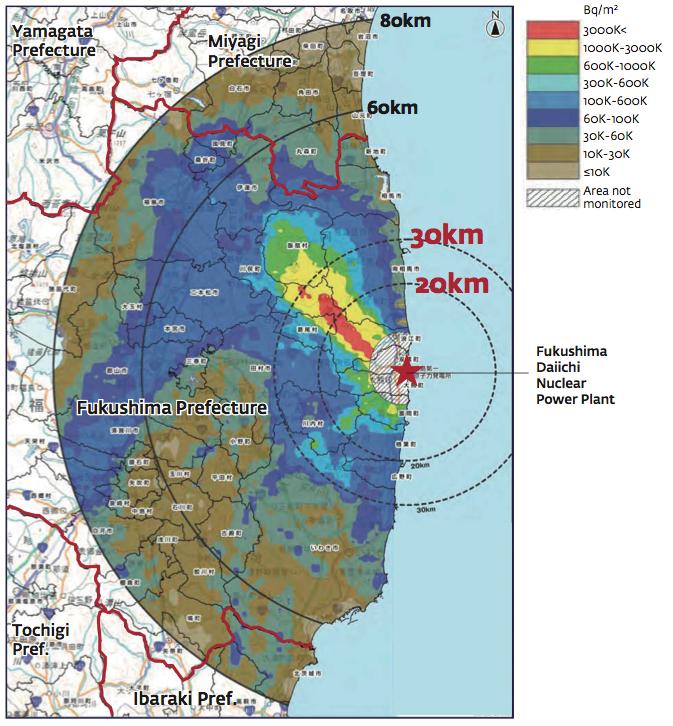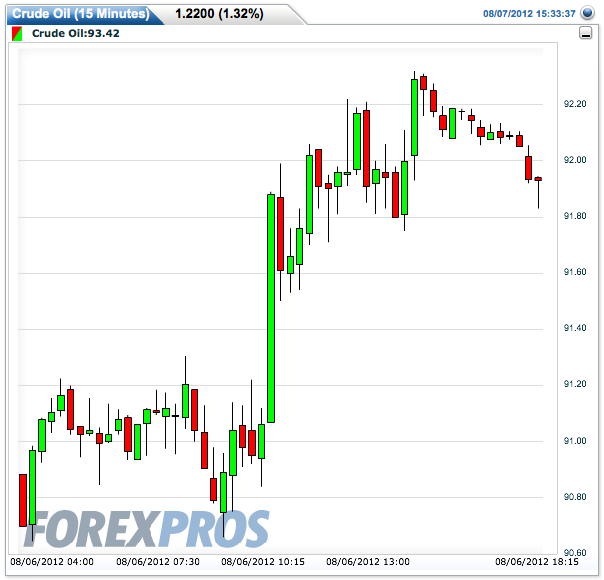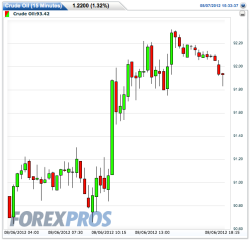The international market that sets energy prices is a sophisticated system, informed by massive quantities of data and deep analysis, aimed at perfecting the balance of supply and demand. It is an elegant tool far beyond the comprehension of a layperson.
Crude-oil futures bounced up over $1 at one point Monday after a false Twitter rumor exposed the oil market’s knee-jerk fear of Mideast turmoil.
The proper term for this is: derp.
A Twitter account claiming to represent Vladimir Kolokoltsev, the Russian interior minister, tweeted at 9:59 a.m. New York time that Syrian President Bashar al-Assad had been killed or injured, followed by two tweets claiming to confirm the death.
Between 10:15 a.m. and 10:45 a.m., futures for light, sweet crude rose from $90.82 to $91.99 a barrel on the New York Mercantile Exchange.
In the age of rapid-fire tweets, “a well-placed story can move the market, and that looks like what happened,” said Phil Flynn, an analyst at Price Futures Group.
The account was the work of Tommaso De Benedetti, an Italian journalist with a track record of similar hoaxes — so much so that one website created a step-by-step guide to avoid being hoaxed in the future. Business Insider spotted the fake early, but not early enough.
So next time you’re at the pump, reeling at the price per gallon, remember who to blame. Not Obama, not Congress, not OPEC. Blame the dude who accidentally hit retweet while scanning Twitter on his walk back from the bathroom.
That’s just how sophisticated modern economics works.




